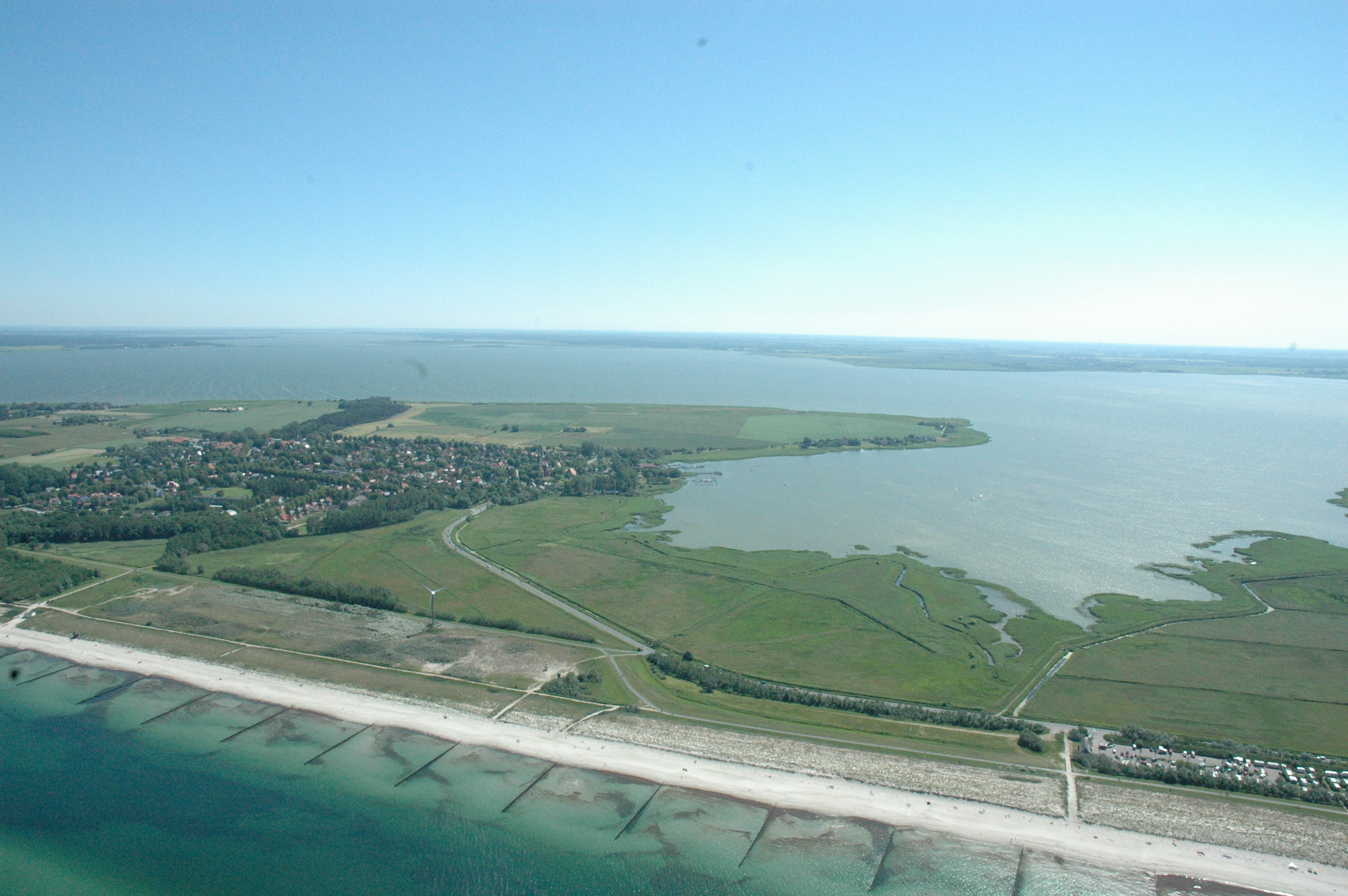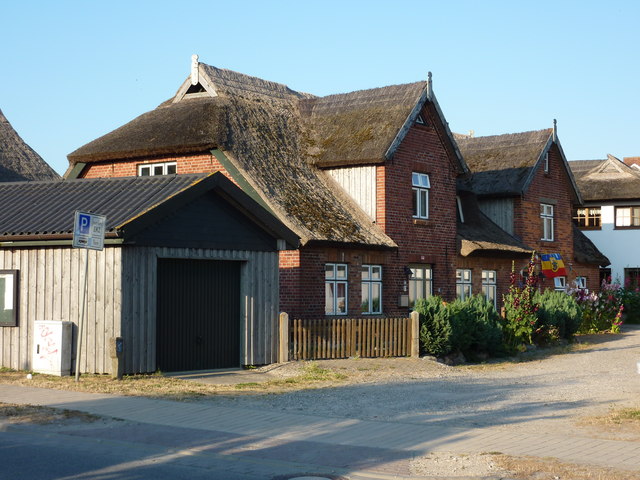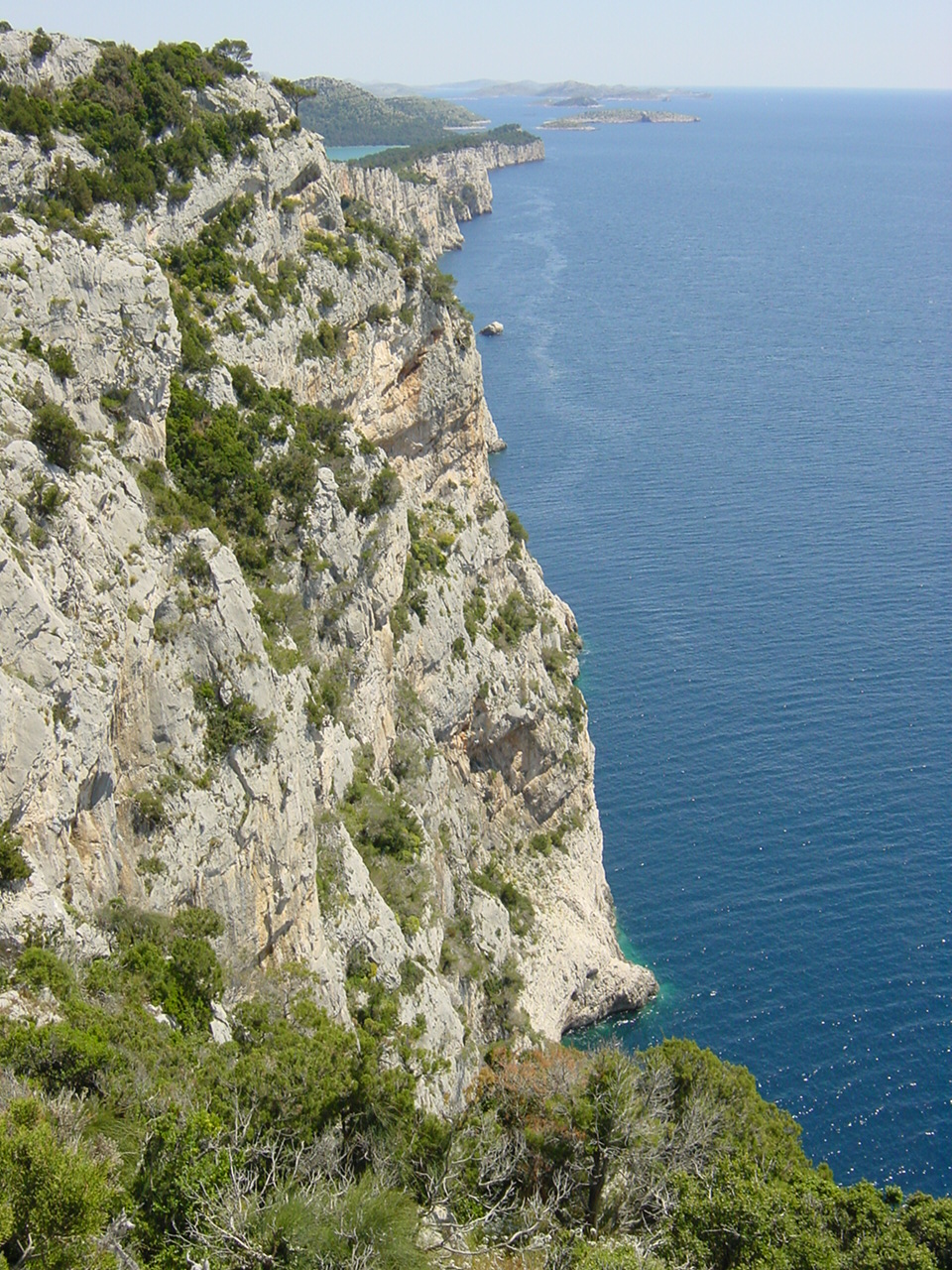|
Niehagen
Niehagen is a village in the municipality of Ahrenshoop on the Fischland-Darß-Zingst peninsula in the German state of Mecklenburg-West Pomerania. On the steep coast near Althagen/Niehagen lies the Bakelberg knoll. At it is the highest point of Fischland. The sculptor, Gerhard Marcks, lived and worked in Niehagen in the 1930s, at ''Boddenweg 1''. Hof bei Niehagen - geo-en.hlipp.de - 11780.jpg, Farm near Niehagen Niehagen Steilküste Bunker 2013-09-04 11.JPG, Bunker system exposed by coastal erosion Coastal erosion is the loss or displacement of land, or the long-term removal of sediment and rocks along the coastline due to the action of waves, currents, tides, wind-driven water, waterborne ice, or other impacts of storms. The landward ... on the Hoher Ufer near Niehagen External links Vorpommern-Rügen Villages in Mecklenburg-Western Pomerania {{VorpommernRügen-geo-stub ... [...More Info...] [...Related Items...] OR: [Wikipedia] [Google] [Baidu] |
Fischland
Fischland (literally "fish land") is an isthmus on the southern Baltic Sea coast on the Bay of Mecklenburg in northeastern Germany. It is part of the peninsula of Fischland-Darß-Zingst. Fischland was an island until the 14th century and was bounded by the navigable estuarine branches of the River Recknitz: the Permin in the south and the Loop in the north. In more recent times its southern boundary has usually been considered to be the Recknitz Meadowland (''Recknitzer Stadtwiesen'') and the Rostock Heath (''Rostocker Heide''). To the west and east its boundaries are more obvious: on the one side is its active cliffed coast on the Baltic, and on the other the coastline alongside the Saaler Bodden, only a few centimetres above sea level. Fischland is about 5 km long, between 500 metres and 2 km wide and runs from southwest to northeast. The Pleistocene island core, which is subjected to marked changes as a result of water and wind action, consists of glacial sand ... [...More Info...] [...Related Items...] OR: [Wikipedia] [Google] [Baidu] |
Ahrenshoop
Ahrenshoop is a municipality in the Vorpommern-Rügen district, in Mecklenburg-Vorpommern, Germany on the Fischland-Darß-Zingst peninsula of the Baltic Sea. It used to be a small fishing village, but is today known for its tourism and as a holiday resort. Early history Ahrenshoop was first mentioned in 1311 as the defining point of the border of the town of Ribnitz´s property. In 1328 Duke Heinrich II of Mecklenburg donated the area east of this border to the monastery of Ribnitz. In 1395 forces of the City of Rostock destroyed a stronghold, built by Bogislaw VI. of Pomerania, and the harbour of Ahrenshoop. In 1591 the border between Mecklenburg and Pomerania was defined, which runs through the village, still existing today as the "Grenzweg" (border road). After the Treaty of Westphalia in 1648 the Eastern part of the village became part of Swedish Pomerania until 1815, when Sweden ceded Pomerania to Prussia. Until the Grand Duchy of Mecklenburg-Schwerin joined the German Zo ... [...More Info...] [...Related Items...] OR: [Wikipedia] [Google] [Baidu] |
Althagen
The village of Althagen on the peninsula of Fischland-Darß-Zingst in the German state of Mecklenburg-Vorpommern has been a part of the municipality of Ahrenshoop since 1950. Until 1945, the border between Mecklenburg and Pomerania ran between Althagen and Ahrenshoop along the border road, ''Grenzweg''. The Bakelberg knoll lies close to the steep coast of Althagen/ Niehagen. At 17.9 metres above sea level, it is the highest point on Fischland. Althagen has a port on the bodden coast. at www.ostseebad-ahrenshoop.de. Retrieved 20 Jun 2019 Well known residents of Althagen include the designer, Gertrud Kleinhempel (1875-1948), the writer, [...More Info...] [...Related Items...] OR: [Wikipedia] [Google] [Baidu] |
Fischland-Darß-Zingst
Fischland-Darß-Zingst or Fischland-Darss-Zingst at www.fischland-darss-zingst.net. Accessed on 18 Dec 2011. is a long in the coastal district of , in the German state of . The three parts of the peninsula, from west to ... [...More Info...] [...Related Items...] OR: [Wikipedia] [Google] [Baidu] |
Mecklenburg-West Pomerania
Mecklenburg-Vorpommern (MV; ; nds, Mäkelborg-Vörpommern), also known by its anglicized name Mecklenburg–Western Pomerania, is a state in the north-east of Germany. Of the country's sixteen states, Mecklenburg-Vorpommern ranks 14th in population; it covers an area of , making it the sixth largest German state in area; and it is 16th in population density. Schwerin is the state capital and Rostock is the largest city. Other major cities include Neubrandenburg, Stralsund, Greifswald, Wismar, and Güstrow. It was named after the 2 regions of Mecklenburg and Vorpommern (which means West Pomerania). The state was established in 1945 after World War II through the merger of the historic regions of Mecklenburg and the Prussian Western Pomerania by the Soviet military administration in Allied-occupied Germany. It became part of the German Democratic Republic in 1949, but was dissolved in 1952 during administrative reforms and its territory divided into the districts of Rostock, ... [...More Info...] [...Related Items...] OR: [Wikipedia] [Google] [Baidu] |
Steep Coast
A steep coastBird, Eric (2008). ''Coastal Geomorphology: An Introduction'', 2nd ed., Wiley, Chichester, 2008. is a stretch of coastline where the mainland descends abruptly into the sea. There is a sharp transition from the land to sea as opposed to that on a flat coast where the land descends gradually seawards. The height of the land on a steep coast is well above sea level. Most steep coast are rocky cliffed coasts (also called abrasion coasts), where the erosion processes of wave action result in a steep declivity. Another type of steep coast is the fjord which is formed when a glacial valley lies partially under water as a result of a rise in sea levels. In Norway, New Zealand or Alaska there are fjords whose almost vertical sides tower over 1,000 metres above the water and plunge 300 metres below it. On volcanic islands the sea can enter the caldera and the face of the volcanic pipe can form a steep coastline. The best-known example of that is Santorini in the arc ... [...More Info...] [...Related Items...] OR: [Wikipedia] [Google] [Baidu] |
Bakelberg
The Bakelberg, at 18 metres above sea level, is the highest point on Fischland. , Website of Baltic Sea resort,Ahrenshoop, retrieved 20 August 2012. It is in the municipality of in the county of in the German state of Mecklenburg-Vorpommern
Mecklenburg-Vorpommern (MV; ; nds, Mäkelborg-Vörpommern), also known by its anglicized name Mecklenburg–Western Pomerania, is ...
[...More Info...] [...Related Items...] OR: [Wikipedia] [Google] [Baidu] |
Gerhard Marcks
Gerhard Marcks (18 February 1889 – 13 November 1981) was a German artist, known primarily as a sculptor, but who is also known for his drawings, woodcuts, lithographs and ceramics. Early life Marcks was born in Berlin, where, at the age of 18, he worked as an apprentice to sculptor Richard Scheibe. In 1914, he married Maria Schmidtlein, with whom he would raise six children. During World War I, he served in the German army, which resulted in long term health problems. With architect Walter Gropius, German-American painter Lyonel Feininger, Scheibe and others, Marcks was a member of two art-related political groups, the Novembergruppe (November Group) and the Arbeitsrat für Kunst (Workers Council for Art). He was also affiliated with the Deutscher Werkbund, of which Gropius was a founding member. Bauhaus master In 1919, when Gropius founded the Bauhaus, in Weimar, Marcks was one of the first three faculty members to be hired, along with Feininger and Johannes Itten. Specifical ... [...More Info...] [...Related Items...] OR: [Wikipedia] [Google] [Baidu] |
Coastal Erosion
Coastal erosion is the loss or displacement of land, or the long-term removal of sediment and rocks along the coastline due to the action of waves, currents, tides, wind-driven water, waterborne ice, or other impacts of storms. The landward retreat of the shoreline can be measured and described over a temporal scale of tides, seasons, and other short-term cyclic processes. Coastal erosion may be caused by hydraulic action, abrasion, impact and corrosion by wind and water, and other forces, natural or unnatural. On non-rocky coasts, coastal erosion results in rock formations in areas where the coastline contains rock layers or fracture zones with varying resistance to erosion. Softer areas become eroded much faster than harder ones, which typically result in landforms such as tunnels, bridges, columns, and pillars. Over time the coast generally evens out. The softer areas fill up with sediment eroded from hard areas, and rock formations are eroded away. Also erosion commonly ... [...More Info...] [...Related Items...] OR: [Wikipedia] [Google] [Baidu] |
Vorpommern-Rügen
Vorpommern-Rügen is a district in the north of Mecklenburg-Vorpommern, Germany. It is bounded by (from the west and clockwise) the Baltic Sea and the districts Vorpommern-Greifswald, Mecklenburgische Seenplatte and Rostock. The district seat is the Hanseatic city of Stralsund. Vorpommern-Rügen is characterized by diverse shore line landscapes with many lagoons, beaches and cliff lines, part of them protected in the Western Pomerania Lagoon Area National Park and in the Jasmund National Park. The area is also a very popular destination for national and international tourism, including Rügen, the biggest island of Germany, the island of Hiddensee, the Fischland-Darss-Zingst peninsula and its adjacent town of Barth, Germany, Barth with the Stralsund Barth Airport, the port of Sassnitz and the UNESCO World Heritage city of Stralsund. The Vorpommern-Rügen district is one of the most popular places for national and international tourism in Germany, thanks to its unique protected n ... [...More Info...] [...Related Items...] OR: [Wikipedia] [Google] [Baidu] |



.png)



